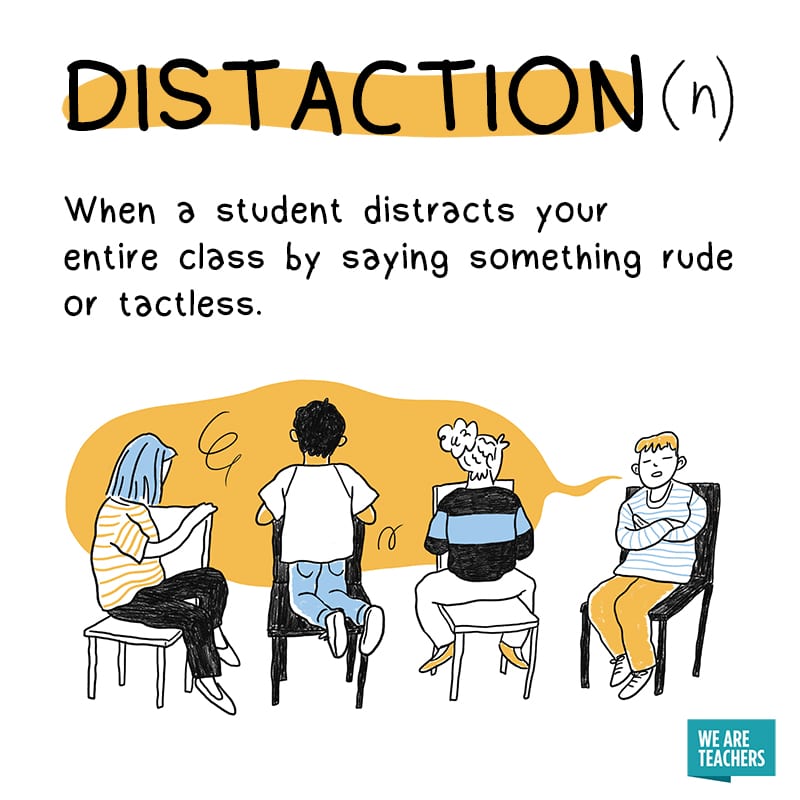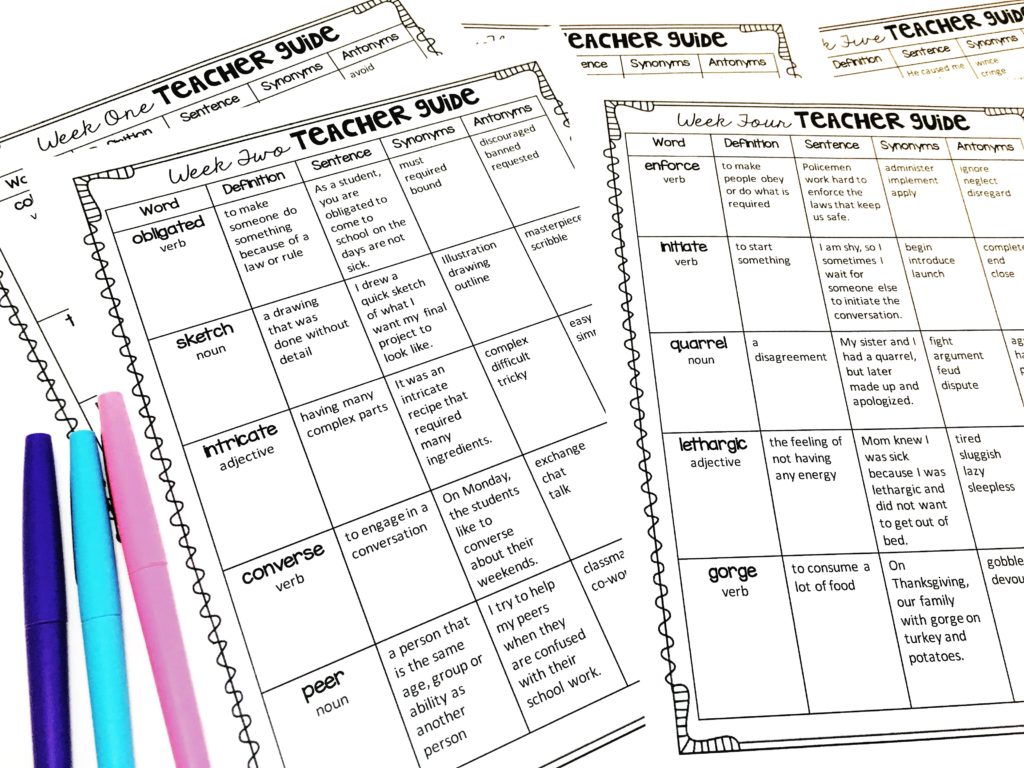Select a Book Level to practice for the Vocabulary Workshop series published by Sadlier-Oxford. List of Sadlier-Oxford Vocabulary Workshop Books which we offer practice vocabulary tests. Home Ad-Free Teacher/Student. Vocabulary is a strong indicator of student success (Baker, Simmons, & Kame'enui, 1997). The number of words students learn varies greatly: 2 vs. 8 words per day 750 vs. 3,000 per year; Printed school English, as represented by materials in grades 3 to 9, contains 88,533 distinct word families (Nagy & Anderson, 1984). A superb educational tool, Gerry's Vocabulary Teacher has been designed to make life easier, and instruction more efficient, for those who teach English or English as a Second or Foreign Language. In a matter of minutes and with a few mouse-clicks, teachers can create gap-fill exercises to introduce, review/reinforce and test vocabulary.
Learning vocabulary is an important part of a student’s development process, but vocabulary instruction can be a challenge for educators—especially when it comes to making it effective and engaging.

So how can educators effectively teach vocabulary across grade levels and content areas? Proper vocabulary instruction doesn’t just teach the definitions of words, but how to critically understand the context while drawing connections outside the lesson plan. Studies have shown that students who have a larger vocabulary tend to do well in school—and not just in ELA, but STEM subjects, as well.
Teaching vocabulary can feel daunting. The struggles associated with vocab practices in the classroom make it challenging for students to learn and teachers to, well, teach. Teachers may have a hard time handpicking the 10-20 words every week that their students will learn. Which words are the most important? What about the students who learn and read at different levels? From a student’s perspective, it becomes difficult (and, for many, uninteresting) to simply memorize words and terms that they have no prior connections to.
Vocabulary instruction doesn’t have to be boring! Here are five engaging ways to teach your students vocab while making sure they boost their vocabulary acquisition:
Word maps are graphic organizers based on the Frayer model that help students learn new words by associating it with its antonyms, synonyms, writing their own definition or using the word in their own sentence. Word map activities allows students to think about vocabulary in several ways, and further make connections with each word in relation to other words they already know.
Flocabulary’s new vocab cards are based on the Frayer model, and encourage students to define new vocabulary words on their own terms through writing and drawing.
Vocabulary Teaching Ppt
Music has always been a great tool to help with memorization. Catchy beats and hooks often make vocabulary retention and recall stickier for students. It allows students to memorize at their own pace. Programs like Schoolhouse Rock and Flocabulary take academic content and deliver it to students in an engaging and memorable way. Our award-winning Word Up! vocabulary units provide students a fun way to memorize vocabulary words. (Don’t take our word for it: learn from one educator in North Carolina how she saw her students’ vocabularies increase with Flocabulary.)

Vocabulary Teacher
You can try Flocabulary for up to 30 days free for your entire school—sign up below!
Instead of teaching the definition of a word, teach root words. Teach your students the meanings of specific root words and have them guess what the definition is. Students can take these root words and use them to decipher words they don’t know in the future. Watch our unit on roots to see how it can support your instruction!

Why not empower students to build their own vocabulary lists? Students will come across new words they don’t know every day in readings and discussions across the content areas. When students pick out their own vocab words, not only will they be more motivated to learn them, but it allows the vocabulary lists to be personalized to each student, too.
With this instructional approach, the teacher provides reading passages or sentences with new vocabulary words embedded in them. Students then attempt to guess the definitions. Teaching vocabulary through context clues encourages critical thinking skills and helps them make connections to the word, ultimately helping them remember its meaning.
Our “Context Clues” unit is a great addition to vocabulary instruction. With reading passages, handouts and a quiz to help students understand unknown vocab words, it’s a great addition to any vocabulary lesson.
Vocab instruction doesn’t have to be a challenging part of lessons anymore. These tips provide a holistic approach to learning and understand vocabulary words; we hope you find them useful for you and your students.
Vocabulary Teaching Pdf


What are some other tips and techniques you use in your classroom for vocab retention?
